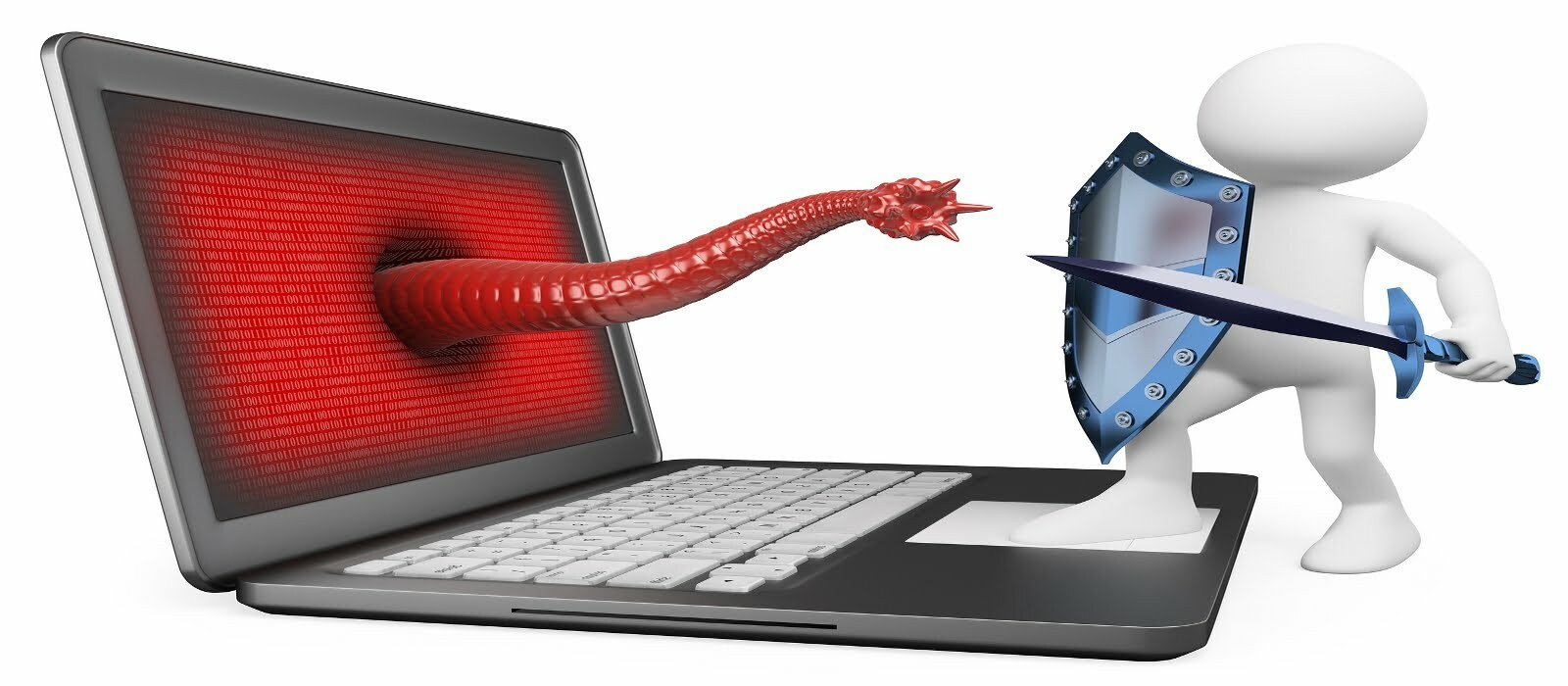WordPress is now the most popular website content management software, presently powering more than 70 million websites internationally. Through its very nature, software needs to be maintained as new updates and patches become available. WordPress has been available for free since 2004 to create a website, and versions continue to be online from 1. x to the most recent (3.2).

From the first WordPress model to the state-of-the-art, loads of updates were available – several of which patch huge protection holes. Over a previous couple of years, the term “malware” has been used alongside WordPress websites that have been compromised (hacked) through this sort of security hole. While malware is generally a term to describe an epidemic with a payload on a PC, the term is now more often used to describe a (WordPress) website it’s been infected with search engine optimization junk mail or malicious scripts or code. The first-class prevention for malware in WordPress is certainly keeping it up to date. As new releases become available, carry out the upgrade as soon as possible. Additionally, be sure that your established topic and plugins are updated nicely.
Tips for Malware Prevention
While updating WordPress is a super preventative measure, there are multiple additional things that you can do to defend your website similarly: Remove old plugins: Be certain to dispose of any plugins you aren’t using (which can be deactivated). Even unused plugins may be a protection threat. Also, make sure to effectively remove installed plugins that have had an update within the remaining 12-18 months. If you’re using plugins older than that, they will not be compatible with the brand new model(s) of WordPress (or your theme) – and they could have potential security issues as well.
Review your theme: How vintage is your WordPress theme? If you bought it from a developer, take a look at it and notice if there’s a current replacement to be had that allows you to set up. If you have got a custom subject matter (or even one you coded yourself), make certain to have it reviewed by a ready developer or security expert as soon as possible to ensure it does not have security holes.

Security and Hardening: You need to set up and configure one or more popular WordPress plugins to secure and harden your website (past the ‘out of the box setup). While WordPress is a completely mature and secure platform, you may effortlessly upload multiple extra layers of primary safety via converting your admin username, the default WordPress table call, and security against 404 attacks and long malicious URL attempts.
Tips for Malware Removal
If you suspect your WordPress website has been hacked or injected with malware, malicious scripts, junk mail hyperlinks, or code, the primary thing you should do is get a backup copy of your website (in case you don’t already have one). Get a replica of all files in your internet hosting account downloaded for your local laptop, as well as a duplicate of your database.
Next, install one of the many unfastened malware scanner plugins inside the WordPress reputable free plugin repository. Activate it, and notice if you can find the source of the contamination. If you’re a technical character, you might be capable of disposing of the code or scripts for your very own. Be sure to check all your topic files, and you may additionally need to reinstall WordPress.
If your WordPress center files are infected, one of the great methods to get rid of the source of the contamination is to delete the entire wp-admin and wp-content folders (and contents) and all files inside the root of your website. Inside the wp-content material, the folder deletes each of the themes and plugins folders (preserving the uploads, which have attachments and photos you’ve uploaded). Since you have a local reproduction of your website, you can reinstall the content and recognize what plugins have been installed.
The great issue is to download a fresh copy of WordPress and install it. Use the local copy of the wp-config—Hypertext Preprocessor document to hook up with your existing database. Once you have done this, before reinstalling your topic and plugins, you may want to log in once on your WP-admin dashboard and go to “Tools->Export” and export a whole replica of all of your content, comments, tags, categories, and authors. Now (if you want), at this point, you may drop the complete database, create a new one, and import all your content so you’d have a totally fresh replica of each WordPress and a brand new database. Then, reinstall your subject and clean copies of all plugins from the respectable WordPress repository (don’t use the nearby copies you downloaded).
Preventive Maintenance Moving Forward

If your website is crucial to you, or if you use it for business, you must defend it as though it were your physical commercial enterprise. Would it appear if your website has been down or out of fee the next day? Would it hurt your enterprise? A little preventative medicinal drug goes a long way:
Backup and Disaster Recovery Plan: Make certain you have a running and tested backup plan in place (this is what most corporations might call a disaster recovery plan). There are many free and paid plugins and solutions to perform this for a WordPress website. Install Basic Security: If you do not have a WordPress protection plugin set up, get an exceedingly rated and currently up-to-date one from the legit free plugin repository today to guard your website. If you are not secure doing this independently or don’t have a technical website character, hire a WordPress representative or safety professional to do it for you.

